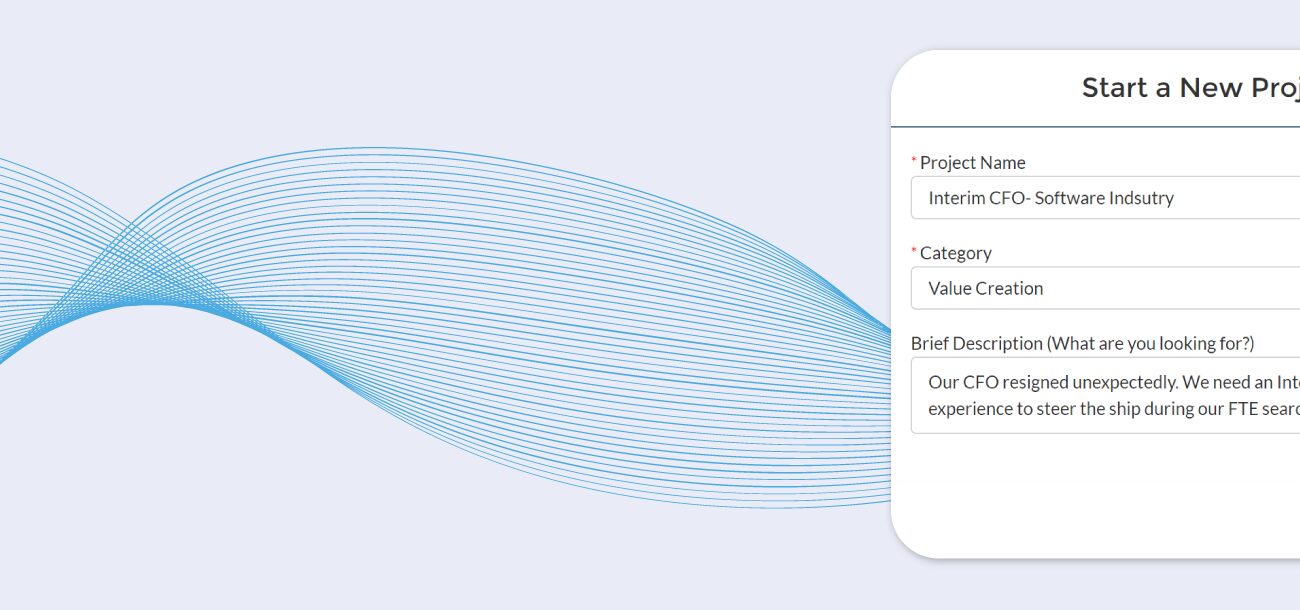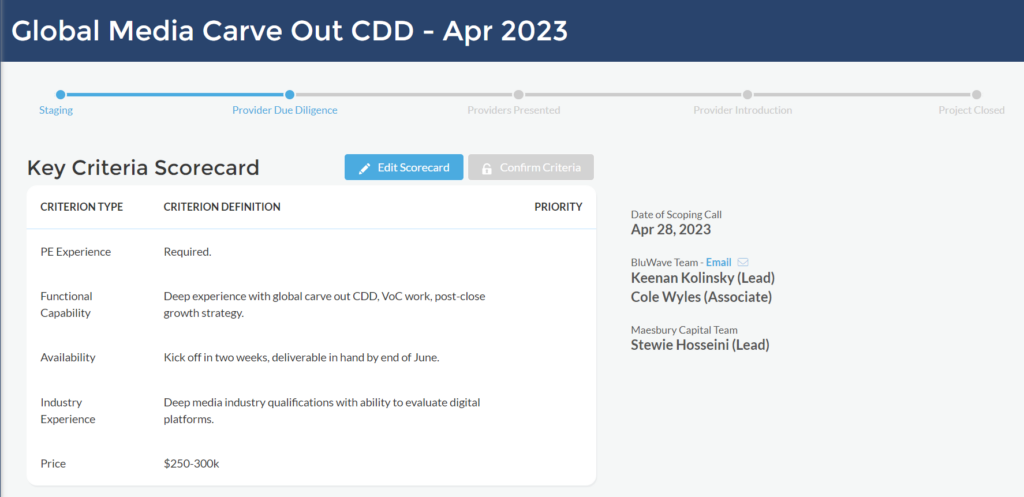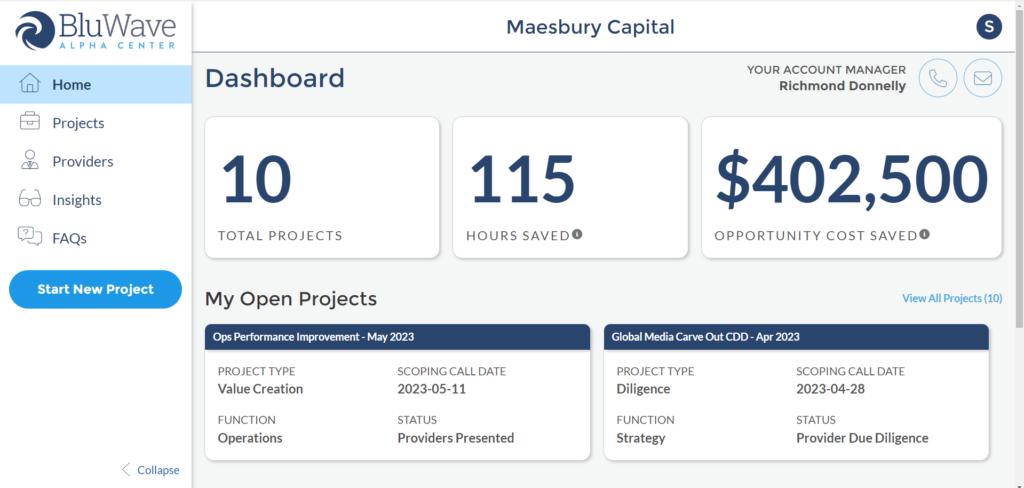What’s worse than not implementing artificial intelligence tools into your business?
Implementing them without a plan.
While it might feel like you’re falling further behind competitors every day you’re not adding AI to your tech stack, you’re better off waiting a little longer to get it right. Rushing out a half-baked product will only cause you more harm in the long run.
Let’s dive in to some of the key precursor activities for implementing artificial intelligence into your business.
Aligning AI with Business Strategy
As you choose your AI use cases, it’s essential to align them with your broader digital and business strategies.
Nik Kapauan, principal at Access Holdings, recently talked about this on a BluWave-hosted webinar, Activating AI.
“Your strategy for using AI obviously needs to tie to your broader digital strategy, which needs to tie to your broader business strategy as a firm,” Kapauan said. “I’d also bifurcate it because when we say AI, it’s a broad spectrum of things. You have your traditional analytics, which is descriptive analytics, just getting stuff on a screen and reporting. And then you have your more predictive analytics for predicting the future.”
In either case, Kapauan reiterated the importance of aligning with your overall goals, noting that predictive analytics allow for more flexibility.
“The way you’d approach that strategy is a bit more iterative, a bit more experimental,” he said, “trying to get use cases and experimenting as soon as you can to figure out where the value is.”
Tackling Data Challenges
Data is at the heart of any AI initiative. The service providers in our network say the number one hurdle businesses face to adding artificial intelligence tools is not having a good sense of data availability or hygiene, respectively.
“A lot of people want to jump to the model or the technology. ‘What if we could do this with customers?’ I think it’s really important to start with, ‘What is the space of data that we have at our disposal?’” Michael Woods*, the CEO of an AI consulting firm BluWave works with regularly, said in an interview. “Then just as importantly, ‘Do we have any sense of the inaccuracies or things that could really lead us astray in that data?’
On the AI webinar, Kapauan said that handling data is often the most significant part of large analytics projects.
“That centralization of data, the cleaning of data, the ongoing maintenance of data, is the lion’s share of the effort,” he said.
BluWave CEO & Founder Sean Mooney said the effort, however, is worth it.
“You’ve got to do the unglamorous data cleanliness part… the only thing worse than no data is bad data,” he said. “Keep [the data] good because it’s like a piece of equipment that’s gotta be maintained. Anytime there’s rotation and force in anything, it wants to lose calibration.”
READ MORE: AI Data Analytics: BI Tools
Change Management: A Key Component
Kapauan emphasized the need for a high-level leader to drive the change internally when significant changes are being made to the way a business operates.
“I think one of the biggest predictors of success is a champion inside the organization that could really own the vision and drive the opportunity. And often that’s the CEO or someone the CEO directly holds accountable for the digital agenda,” Kapauan said. “Having that leadership voice to set the vision and drive the organization and mobilize change is critical to success for analytics and any other kind of major digital transformation.”
Mooney added that this is a key part of change management.
“AI’s going be part of your strategy,” he said. “It’s a tactic, it’s not your strategy.”
Securing Your Data Assets
Finally, as businesses build up their data assets, it is vital to safeguard them.
“We want to make sure that we protect [our resources] from theft, making sure that if someone gets into our organization that they can’t pull that model out and take it with them to use somewhere else,” said Keith Thomas, the Cybersecurity Operations National Practice Lead at AT&T. “There are some ways that we protect using different security tools, and different security capabilities support the idea of a [data] model theft by attackers.”
Thomas also emphasized the importance of having a robust disaster recovery plan. If an AI system goes down, the team must be prepared to mitigate any negative impact on data and analytics.
“Even if it is to go to a manual approach, that’s OK. Having the plan is the most important part of that,” Thomas said.
Mooney pointed out that various resources are available to help businesses of all sizes protect their most critical asset: their data.
“Once again, we’re seeing this theme of, ‘failing to prepare is preparing to fail,'” Mooney said. “You’ve gotta do the work in advance. Not just even on the data and the analytics side, but also in protecting your data.”
BluWave has seen a rapid uptick in demand for AI-related services recently. What many firms lack, though, is the necessary foundation to get started.
Aligning your AI tactics with your overall business strategy, preparing your data, identifying an internal champion and protecting your data assets are crucial precursors to implementing these powerful new tools.
Whether you’re at a private equity firm, portfolio company or private or public organization, BluWave’s Business Builders’ Network is full of expert third-party AI resources. These highly vetted service providers can not only help you with the aforementioned preparations, but will also work with you to implement these tools.
Contact our research and operations team to learn more, and we’ll connect you with an industry specific expert to assist your digital transformation using artificial intelligence.
*Privacy is important to us. While the source and company name have been changed, these are real quotations from a real service provider in the BluWave Business Builders’ Network.
















